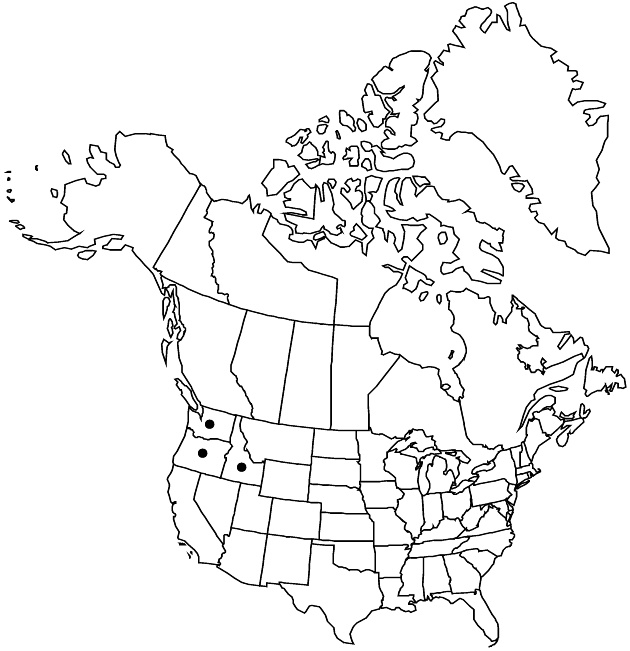Difference between revisions of "Hymenopappus filifolius var. filifolius"
FNA>Volume Importer |
FNA>Volume Importer |
||
| Line 42: | Line 42: | ||
|publication year= | |publication year= | ||
|special status= | |special status= | ||
| − | |source xml=https://jpend@bitbucket.org/aafc-mbb/fna-data-curation.git/src/ | + | |source xml=https://jpend@bitbucket.org/aafc-mbb/fna-data-curation.git/src/f6b125a955440c0872999024f038d74684f65921/coarse_grained_fna_xml/V19-20-21/V21_767.xml |
|tribe=Asteraceae tribe Heliantheae | |tribe=Asteraceae tribe Heliantheae | ||
|subtribe=Asteraceae (tribe Heliantheae) subtribe Hymenopappinae | |subtribe=Asteraceae (tribe Heliantheae) subtribe Hymenopappinae | ||
Revision as of 18:50, 24 September 2019
Stems 30–100 cm. Leaves: basal axils ± densely tomentose, terminal lobes 15–50 mm; cauline (0–)2–5. Heads (2–)6–40. Peduncles 1–15 cm. Phyllaries 6–10 mm. Florets 15–45; corollas yellowish, 2.5–4.5 mm, throats 1.5–2.5 mm, lengths 3–5 times lobes; anthers 2.5–3 mm. Cypselae 4.5–6 mm, hairs 0.4–1 mm; pappi 0.2–1 mm. 2n = 34.
Phenology: Flowering May–Sep.
Habitat: Sands, clays, gravels
Elevation: 100–300+ m
Distribution

Idaho, Oreg., Wash.
Discussion
Selected References
None.
Lower Taxa
None.